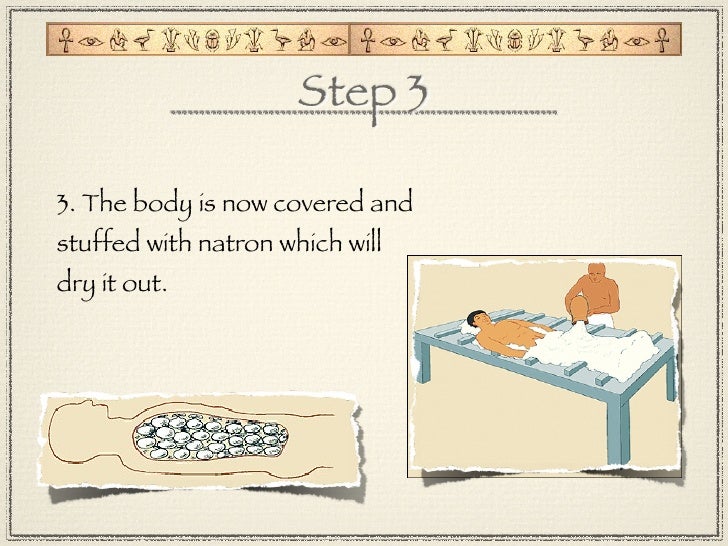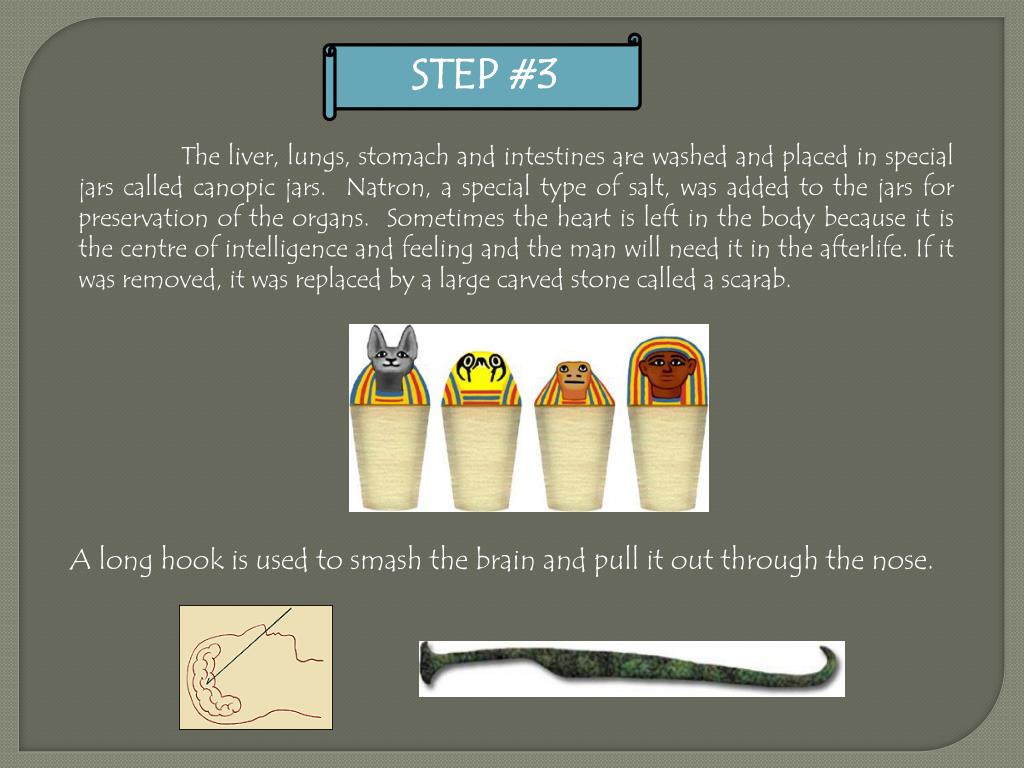

The steady removal of water from the tissues through the natron has prevented the putrefaction. The humidity, the external temperature, and the pH were proven with Pearson correlation and principal component analysis as important factors for the mummification process. The mummification in natron was completed successfully after 208 days. The mummification by dry heat was stopped after 7 days due to unexpected lack of mummification progress. Temperature, humidity, pH, and weight of the LL were systematically measured. At specific time intervals a macroscopic and radiological examination of the LL was performed and skin and muscle samples were taken for histological and biomolecular analysis.


Two human lower limbs (LL) from a female donor were (1) “naturally” mummified by dry heat and (2) artificially in natron. The goal of this study is to apply evidence-based diagnostic criteria and state-of-the art methodology in order to improve knowledge on soft tissues preservation and postmortem alterations. Many studies have been concerned with the ancient Egyptian mummification method nevertheless, little effort has been made to explore it experimentally.


 0 kommentar(er)
0 kommentar(er)
